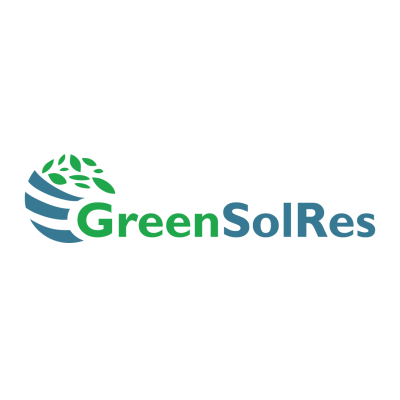
GreenSolRes
Demonstration of solvent and resin production from lignocellulosic biomass via the platform chemical levulinic acid

Demonstration of solvent and resin production from lignocellulosic biomass via the platform chemical levulinic acid
Levulinic acid has long been identified as a versatile ‘green’ chemical precursor for many applications. It is widely recognised as a platform substance for chemical synthesis and is seen as a key element in moving Europe towards bio-based manufacturing.
However, to make that a reality, there has to be adequate production to meet demand at a realistic price. GreenSolRes will demonstrate the commercial viability of converting lignocellulosic biomass to levulinic acid or one of its esters for the manufacturing of solvents and adhesive resins with added-value and/or functionalities.
The successful completion of the GreenSolRes will pave the way to the first commercial plant for sustainable production of levulinic acid (at 50 kta), and its derivatives, leading to a rapid gain in spectrum and production volume of bio-based consumer products.